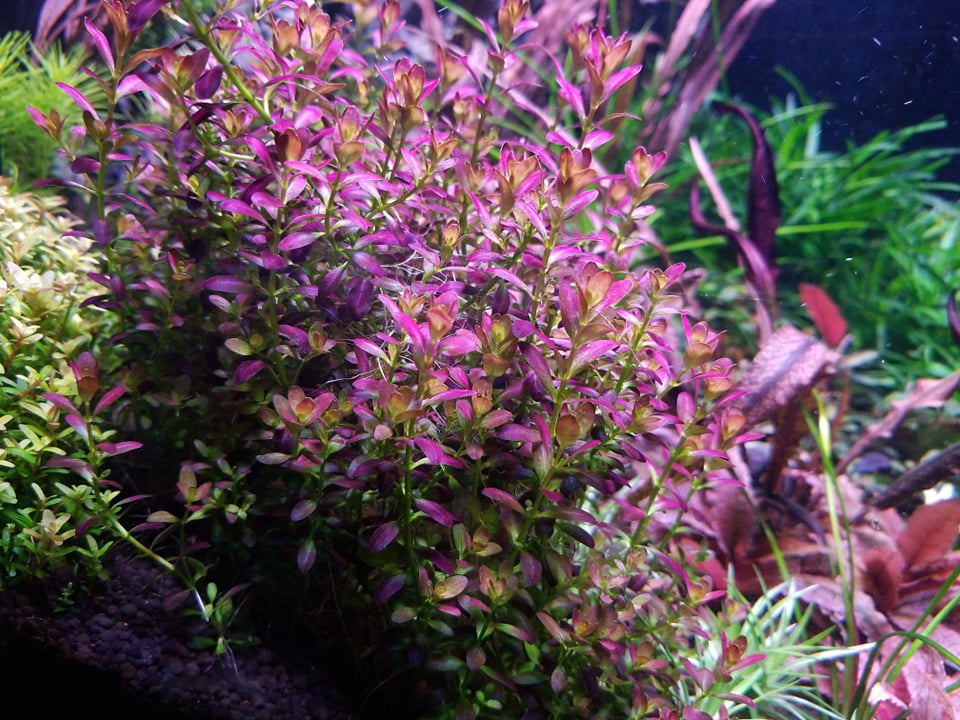Your Cart is Empty
How to grow Rotala ramosior Florida
February 06, 2025 2 min read

Introduction
Rotala ramosior Florida is an attractive stem plant with small, deep purple leaves and a green stem. As the name suggests, the plant has been collected in Florida, USA. It is demanding in terms of light and CO2 and is not suitable for low tech/non CO2 injected tanks. It is not yet widely grown by large commercial aquatic plant farms, but can be easily found by hobbyists.
Rotala ramosior Florida is a slow growing stem plant. Its moderate height growth and small size make it ideal for a midground/foreground position in the aquarium.
Higher light levels will produce more intense purple leaves. In lower light tanks with poor growth parameters the leaves will be more green or off coloured. When grown well, its leaves will be almost entirely deep purple.

Rotala ramosior Florida is a typical high demand plant - it prefers high CO2, high light and regular fertilisation. It also prefers a higher GH (especially calcium levels). Low CO2 or calcium levels in an otherwise well managed tank will often cause the lower parts of the stem to rot, with premature loss of the lower leaves, leaving a bare stem. In very soft water tanks this is often the problem. This plant is a good candidate for lime/seiryu tanks where it will do well. Fertilisation should be well rounded but can be either through the water column or substrate or both. A rich substrate will greatly benefit this plant - and is perhaps the easiest way to grow it without juggling water column nutrient levels. Using a good substrate makes this plant much easier to grow.
This plant is a very stable grower with little unpredictable behaviour - virtually all problems are due to poor CO2/light/fertiliser/calcium. It is a fairly straightforward plant in that sense.

Rotala florida is best used in the midground.

Key success factors
- High light (80 umols of PAR on substrate and above).
- High CO2 levels (better success rates >35ppm).
- Adequate calcium levels (better success rates >50ppm). GH levels of about 4-6 is ideal. Grows well in alkaline/hardwater.
- Rich substrate helps significantly, despite being a stem plant, the plant responds very well to richer substrates.
Trimming and propagation
Rotala ramosior Florida can be cut and propagated in the same way as any other stem plant - by cutting off the top shoot and replanting it in substrate to root. The remaining base of the plant will produce side shoots. This plant will also branch on its own as it grows taller.
 Rotala Florida is striking in the midground here - pic from Chantz Cramer
Rotala Florida is striking in the midground here - pic from Chantz Cramer
Click here to find out how to grow red aquarium plants.
Click here to read on how to optimize CO2 levels
Click here to browse more plant growing profiles
Click here to read on how to stabilize a new planted tank
unlock your true potential
Grow anything, defeat algae, create amazing aquascapes

























